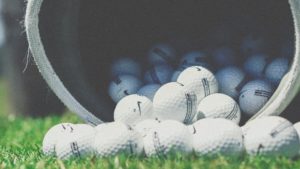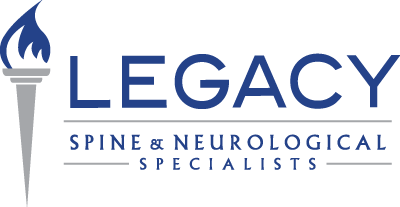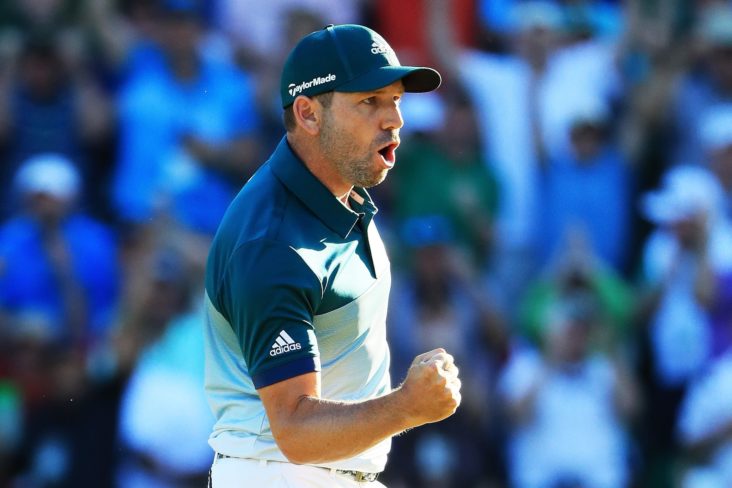A competitive edge is a highly sought attribute for any serious athlete. As young, healthy athletes slowly begin to add years of experience to his/her playing card, there are added stressors and strains that inevitably accumulate. Very often I see an aging adult that has the follow through and motivation of a champion but an uncooperative physique. So the question then becomes, how can the imminent become less inhibiting?
Let’s discuss some of the limiting factors and how we might be able to address these items through a strengthening and flexibility regime that could potentially be the difference between double bogey and par. Primary areas of focus will include hip range of motion, low back musculature, and biomechanics of your golf swing.
It’s all in the Hips
A 42-year-old male that identified as a “recreational golfer” reported complaints of low back pain and limitation in hip motion during his swing. He was treated with manual physical therapy of the hip and a lumbar stabilization program that allowed him to return to golf pain-free and bettered his handicap by three strokes.1
Pain in the….Back
There are notable studies and in numerous research that address the ever constant reports of low back pain and the sport of golf. Randomized studies have shown that focus on the transverse abdominis and multifidi muscles is a necessary part of treatment for patients that experience low back pain.2 It is even further more crucial to have adequate responsiveness and power in these muscle groups for a golfer.
The Transverse Abdominis serves the following functions:
- support for the abdominal wall
- role in maintenance of posture
- trunk movements: flexion, extension, lateral flexion
- raise intra-abdominal pressure
- via the conjoint tendon, to support the posterior wall of the inguinal canal3
The Multifidi perform the following actions:
- Bilateral action: extend vertebral column
- Unilateral action: laterally flexes and contralatterally rotates vertebral column.4
The Swing
According to a study performed to compare sport participants with and without pain, golfers with a history of LBP demonstrated less back extension strength at 60°/s but not at 120°/s. During the golf swing, a flexed trunk angle must be maintained to make a proper turn back and return to the ball.5 This positioning requires strong back extensor muscles to support the upper body, especially during the golf downwind, as rapid and powerful movements generate considerable spinal loads.6 A comprehensive exercise program that focuses on trunk extension strength at slow speeds, left hip adduction strength, and backswing rotational range of motion may improve observed deficits found within the player’s form.7
Ultimately there can be many contributing factors to low back pain but taking an active approach to identifying the source and finding a remedy can expedite improvement in both your golf game and your quality of life.
Written by: Jessica Beggs, DPT

Resources
- Reinhardt G. The Role of Decreased Hip IR as a Cause of Low Back Pain in a Golfer: a Case Report. HSS J. 2013 Oct;9(3):278-83. doi: 10.1007/s11420-013-9353-9. Epub 2013 Aug 24.
- Gluck G, Bendo J, Spivak J. The lumbar spine and low back pain in golf: a literature review of swing biomechanics and injury prevention. Spine J. 2008 Sep–Oct; 8(5): 778–788. Published online 2007 Oct 15. doi: 10.1016/j.spinee.2007.07.388
- Jim McMorran, Damian Crowther, Stew McMorran, Steve Youngmin, Ian Wacogne, Jon Pleat, Clive Prince – https://www.gpnotebook.co.uk/simplepage.cfm?ID=718274638.
- Lumbar multifidus. http://www.physio-pedia.com/Lumbar_multifidus#cite_note-www-3.
- Adlington GS. Proper swing technique and biomechanics of golf. Clin Sports Med. 1996; 15: 9– 26.
- Hosea TM, Gatt CJ, Gertner E. Biomechanical analysis of the golfer’s back. In: Stover CN, McCarroll JR, Mallon WJ, eds. Feeling Up to Par: Medicine from Tee to Green. Philadelphia, PA: A. Davis Company; 1994: 97– 108.
- Tsai, Y., Sell, T. C., Smoliga, J. M., Myers, J. B., Learman, K. E., & Lephart, S. M. (2010). A Comparison of Physical Characteristics and Swing Mechanics Between Golfers With and Without a History of Low Back Pain. Journal of Orthopaedic & Sports Physical Therapy, 40(7), 430-438. doi:10.2519/jospt.2010.3152

